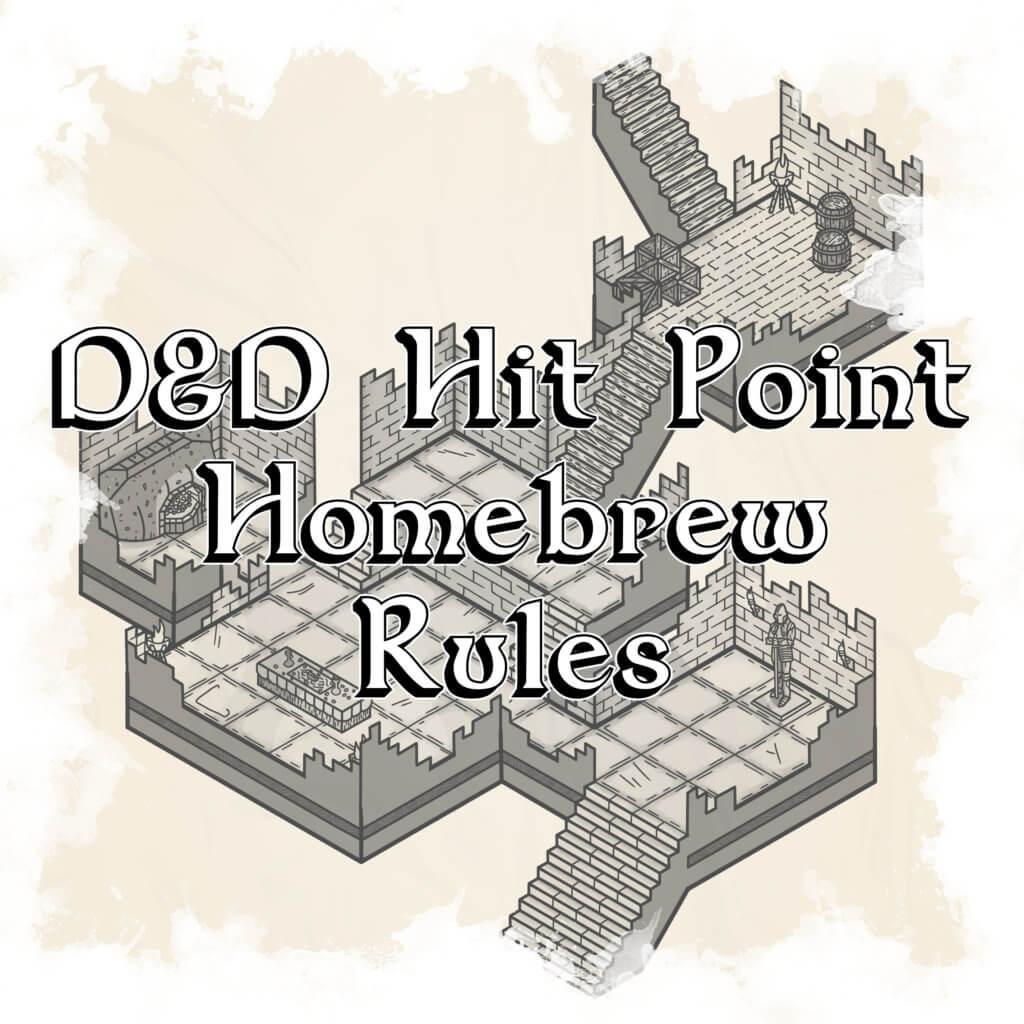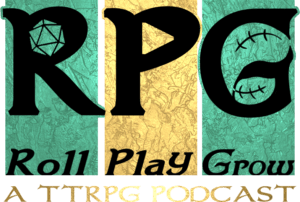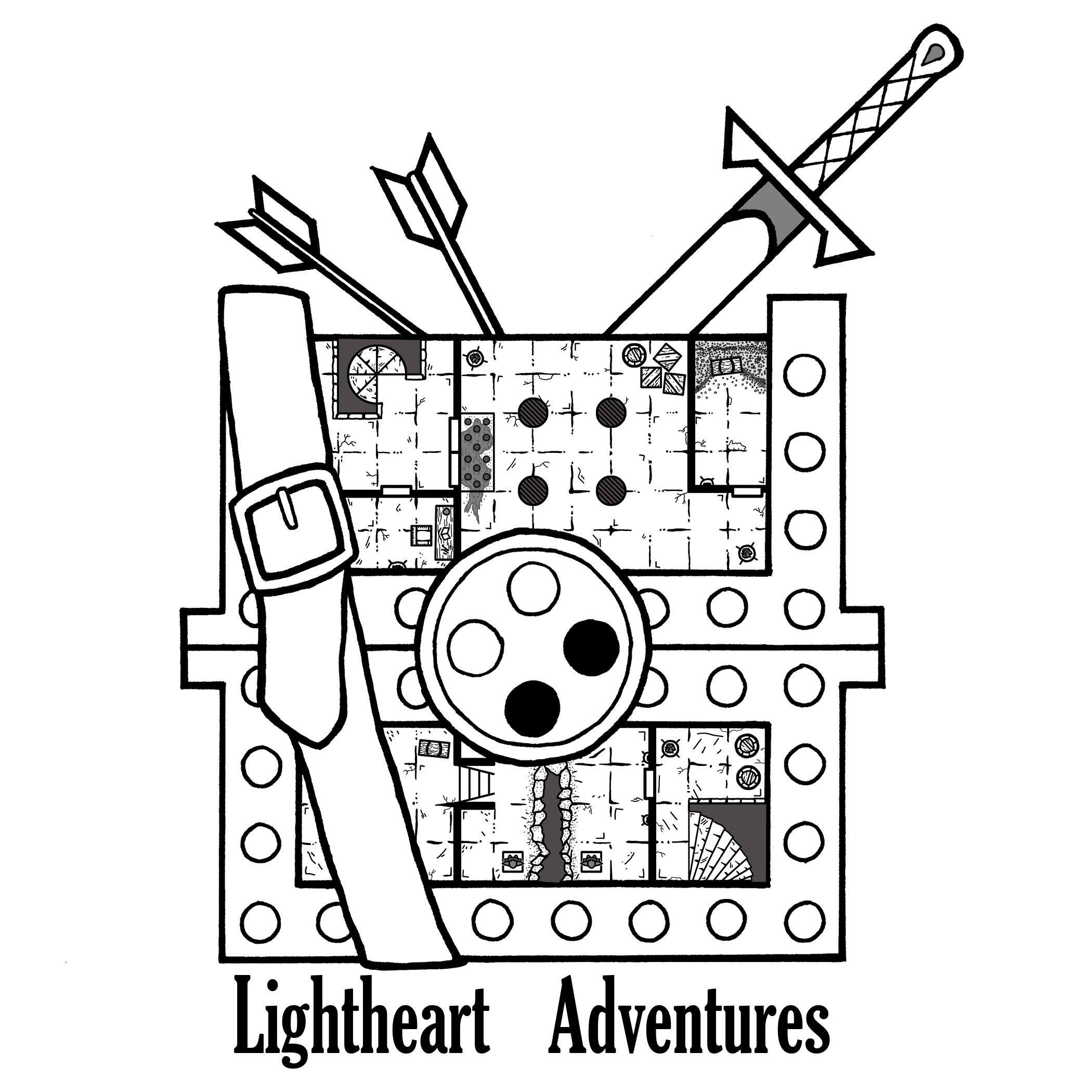I’m always of two minds about homebrew rules for D&D. On the one hand, the designers had a specific playstyle in mind to showcase 5E’s mechanics, and tampering with them is flying in the face of their design. On the other hand, break all the rules! Seriously though, I do employ a few homebrew rules for my games, some of which I feel increase my player’s session satisfaction. A big focus for me is the inclusion of rules dedicated to altering hit points and other health-related mechanics. Combat tends to get a little bland when it’s just whacking each other watching the hit point tallies drop. To counteract that, I want to share some D&D hit point homebrew rules with you that add a bit more variety to your games!
Content warning: This post contains descriptions of violence and injuries.
Disclaimer: This post contains affiliate links, meaning we may receive a small commission from qualifying purchases if you click on our links, at no additional cost to you. As Amazon affiliates, we may earn from qualifying purchases. You can see our full disclosure here. Thanks for supporting your favorite dungeon artists!
Dice Spotlight: Pumpkin Dice Latte
It’s almost the spooky season, and Dice Envy just announced a pumpkin-themed dice set ready for all you pumpkin lovers! You’ll be hard-pressed not to pop one of them in your mouth to check for “authentic nutmeg flavoring”.
Use code lightheartadv for 10% off your order!
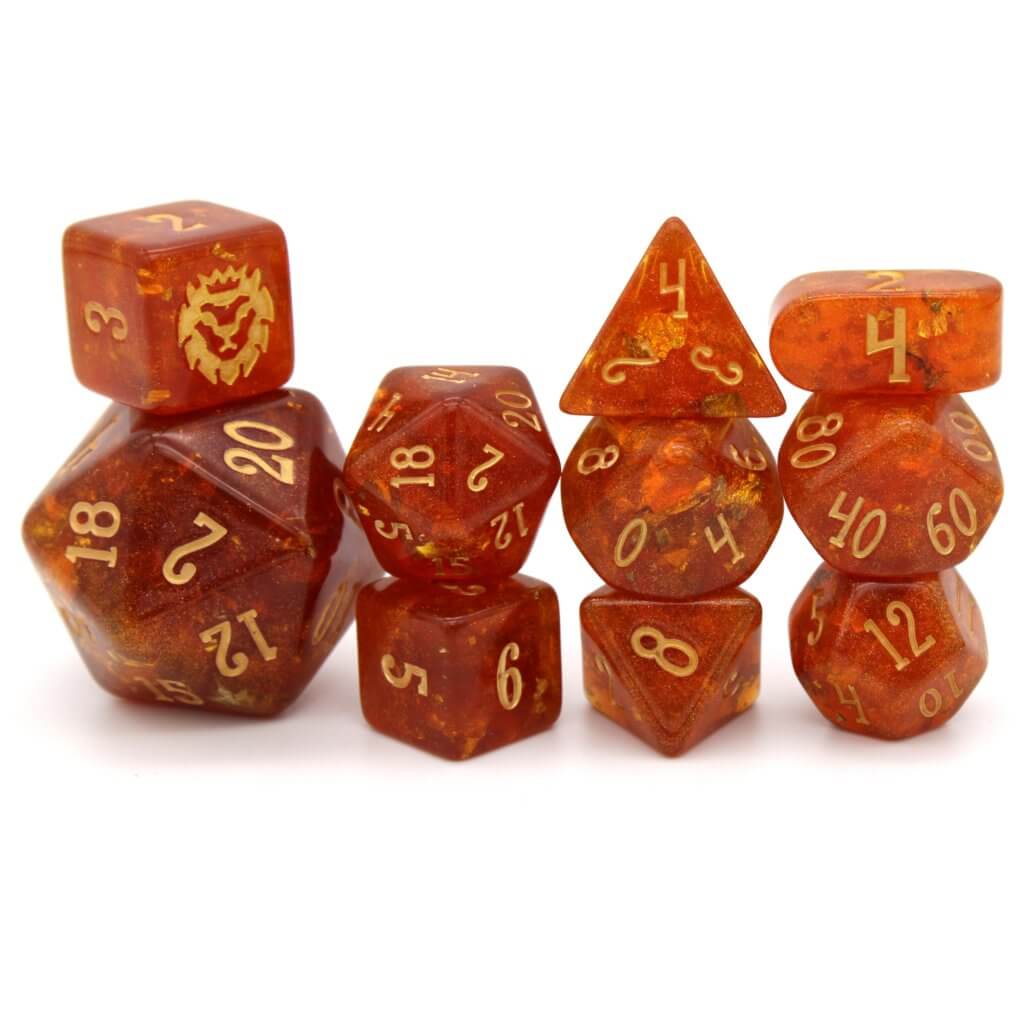
D&D Hit Point Homebrew Rules
#1. Hidden Death Saves
Death saving throws in D&D are perfect moments of dread. The barbarian drops right in the middle of a swarm of enemies, and everyone holds their breath as the player rolls each fateful save. However, allowing players to know their current death save tally allows other players a level of meta-knowledge their characters might not know. For example, that same barbarian drops but successfully rolls two saves, the party might incentivize other actions rather than save the barbarian, knowing that he has a high probability of surviving. With this rule, death saving throws are rolled by the Dungeon Master, instead of the players.
The hidden death save homebrew rule, however, puts the rolls in the hands of the dungeon master instead of players. The dungeon master keeps track of the successes and failures without telling the players, eliminating the chance of meta-knowledge. What was once a tense but respectable amount of pressure becomes a wild race to make sure the fallen party member gets back on their feet. I’ve been on both ends of this rule, and it amps up the intensity!
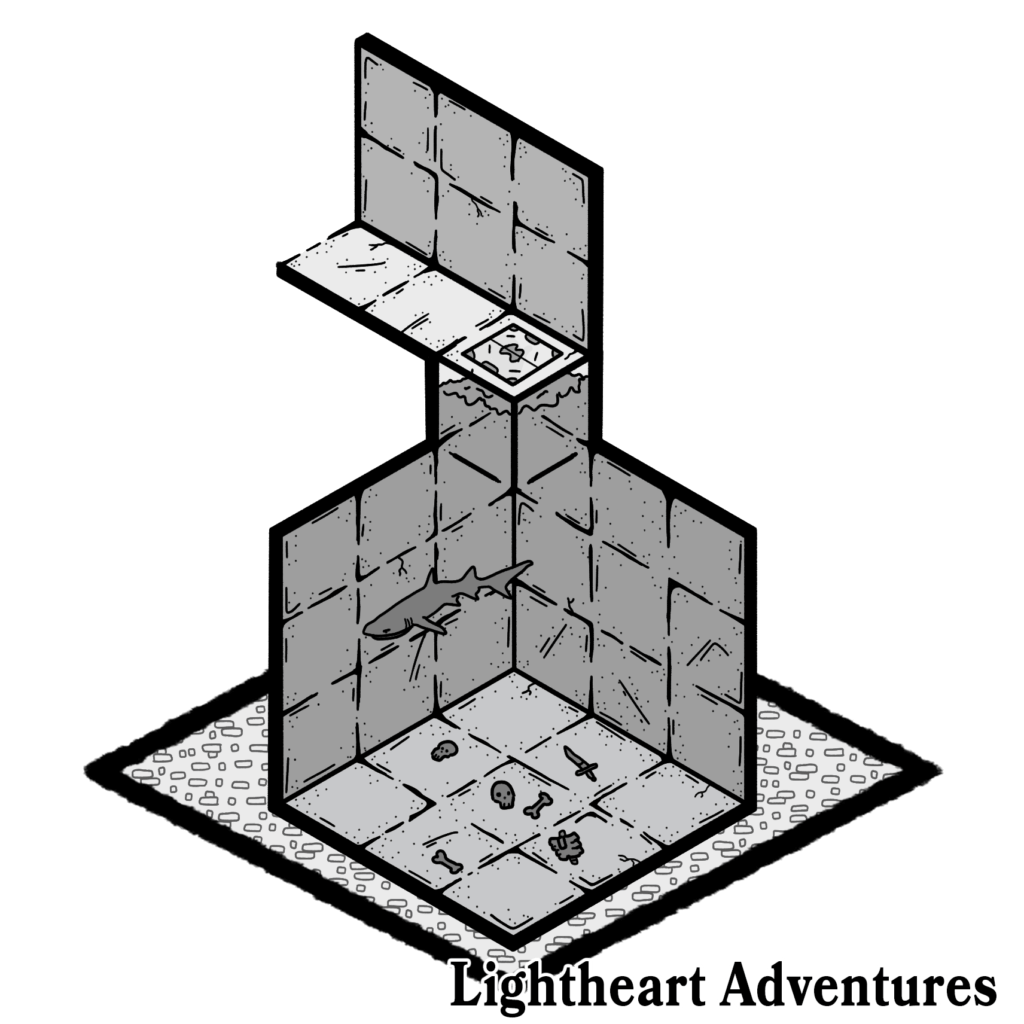
#2. Hidden Player Hit Points
Piggybacking off of rule one is the hidden player hit point homebrew rule. Too often players confirm each other’s hit points after a particularly brutal attack and plan strategies based on those numbers. It’s unrealistic to rattle off “I’m down to 29 hit points” in a life-or-death fight, so this rule helps keep a level of immersion at the table. With this rule, the dungeon master conceals exactly how much damage characters receive while providing verbal descriptions based on the percentage of the player’s overall health during combat. Some examples of damage descriptions are:
- HP = 100% — “Perfectly healthy”
- HP = 99% to 75% — “Minor cuts and bruises”
- HP = 74% to 50% — “Slightly wounded”
- HP = 49% to 25% — “ Significantly hurt”
- HP = 24% to 10% — “ Overwhelming injuries and pain”
- HP = 9% to 1% — “At death’s door”
As a note, once combat has ended and characters may take a moment to relax, then they should find out what their current HP totals are. If this seems a little harsh, consider allowing characters to make a Medicine check action mid-fight to find out how many hit points a character has left. Implementing this homebrew rule has the added benefit of encouraging DMs to describe fights scenes with more detail to better describe how hard-hitting certain attacks may be!
#3. Armor Class Damage Reduction
This D&D hit point homebrew rule is meant to provide a bit more protection to lower AC characters. In normal D&D, rolling equal or exceeding a target’s AC inflicts normal damage. However, with this homebrew rule, equalling the target AC causes the attack to inflict half damage instead. This includes any attacks that target a character’s Armor Class rating, including melee, ranged, and spell attacks. This rule supports NPCs and players alike by providing a slight layer of protection for “near-hits”, but too many can slow combat down.
#4. Minor Injuries Table
Hit points in D&D are an abstract representation of one’s overall health but don’t reflect all of the specific injuries that come with getting hit by huge swords, arrows, or fireballs. With the minor injuries table, severe hits have a chance of imparting minor debuffs that impact character actions. Attacks that deal 25% or more of a target’s hit points in a single round forces the target to make a DC 14 Constitution save. On a failure, the target rolls a d10 and consults the minor injuries table for a description of their injury.
- Grievous injury: It feels way worse than it looks! The target takes an additional die roll of the damage type initially inflicted and rolls once more on the injury table, ignoring 1’s if rolled again.
- Gushing wound: Blood flows freely from the deep wound. The target takes 1d4 damage each turn for 1d8 rounds. The bleeding may be stopped with a successful Intelligence (Medicine) check.
- Fractured bone: Something snaps inside followed by staggering pain. The target rolls all strength, dexterity, and constitution saving throws at disadvantage. The injury ends after completing three successful Intelligence (Medicine) checks over three days.
- Concussion: Time seems to stop for the target as they try to collect their thoughts after a particularly brutal strike. The target is stunned for 1d4 rounds.
- Dislocated shoulder: The target’s shoulder separates temporarily from their shoulder joint. Any attack actions involving the limb are rolled with disadvantage. The injury ends after a long rest or a successful Intelligence (Medicine) check.
- Twisted ankle: The target’s ankle twists further than usual. The target’s movement speed is reduced by half. The injury ends after a long rest or a successful Intelligence (Medicine) check.
- Numb limb: The target loses all sensation in one of their limbs. Any actions involving the injured limb are rolled with disadvantage for 1d8 rounds.
- Knocked senseless: The room begins to spin as the blow echoes in the target’s ears. The DC of all checks performed by the target is increased by +2 for 1d12 rounds.
- Badly bruised: The target suffers from horrible contusions among visible parts of their body. The target rolls all charisma checks at disadvantage. The injury ends after a short or long rest, or a successful Intelligence (Medicine) check.
- Just a scratch: It looks worse than it feels! No lasting injury.
#5. Death Tax
This last D&D hit point homebrew is one I’ve seen many variations of from other homebrewers. The premise is that getting knocked out in D&D doesn’t have much of an impact on characters when magic gets them back up to fighting shape without lasting repercussions. I’ve seen some encounters where tanks get down to 0 hp, healed back up, then get KO’d the next turn. That much stress and strain on a body feels like it needs to take a toll, yet D&D 5e doesn’t address it at all. That’s where the death tax comes in! A target that goes up in hit points from 0 must make a DC 12 Constitution saving throw. On a success they get up as normal, but on a failure they take one level of exhaustion.
This makes multiple encounters in a day much more ambitious as adventurers who fail the save run the risk of more easily falling again.
Wrap up
That’s all for this week’s D&D hit point homebrew rules! Like I mentioned earlier, I love adding in small touches like these rules to add a deep existential fear to my gaming sessions. If you like these rules or have D&D hit point homebrew rules of your own you’d like to share, please let us know in the comments. You can also drop a comment on Twitter, Facebook, Instagram, or Discord ! If you’d like access to maps and content, including downloadable PDFs of our adventures, check out our Patreon. We’re able to do what we do because of all our amazing Patrons!

